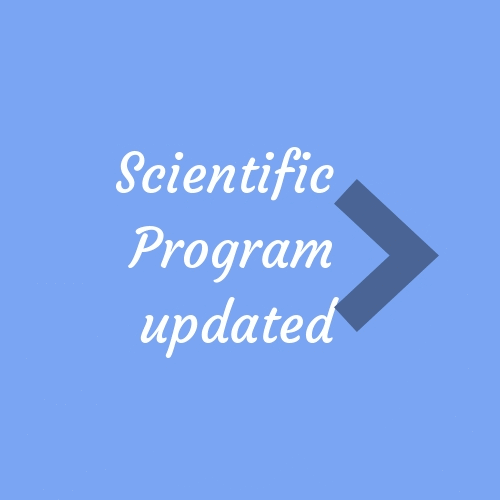
Foroohar Foroozan
She holds Ph.D., PEng of Ontario, Canada, Systems and Signal Processing Engineer, Analog Devices Incorporation
Title: 24H unobtrusive blood pressure monitoring and health maps in treating hypertension
Biography
Biography: Foroohar Foroozan
Abstract
Problem: Continuously monitoring the Blood Pressure (BP), specially for people of advanced age and those who are at a high risk of developing cardiac disease is very important. Currently, continuous BP measurements, including nocturnal, require surgical insertion of an intra-arterial monitor, only occurring in an ICU environment. Non-invasive BP measurements are limited to cumbersome products requiring deliberate inflation & producing only spot measurements, often negatively impacted erroneous procedures during measurement. Medical providers, patients and pharma need continuous, real life measurements without expensive, bulky invasive equipments. In this work, 24H unobtrusive monitoring of cardiovascular health is implemented using wrist-based Photoplethysmography (PPG) signals, in which we produce 24H BP graphs and Personal Health Maps (PHM).
Methodology: We suggest PHM for each patient to provide at a glance the position of the patient in the Health Space 24H. The algorithm is based on Fuzzy clustering, where each patient is assigned with a different level of membership in different pathological and healthy conditions. The PHM shows the trace of a patient’s PPG pulse shape during day and night in one glance. In one study in Calcutta hospital, 30 hypertensive and diabetic patients were monitored at home 24H both with an Ambulatory Blood Pressure Monitoring (ABPM) device which records the BP every 15 min together with a continuous PPG recordings in order to estimate the BP and Cardiac Output (CO) continuously. In a second clinical trial, we compared our Hemodynamics prediction to that of a continuous Hemodynamics CNAP device, during Hemodialysis in Fresenius Kidney Center, in St. Louis hospital. Using 2-4 light wavelengths allowed us also to interrogate the capillary bed at different penetration levels to estimate features related to the microcirculation.
Findings: We implemented Fuzzy clustering algorithm to cluster the pulse shapes in the feature space. We discovered that different health conditions fell into different clusters and it changes during 24H.
Conclusions & Significance: We showed that different health conditions can be defined by the PPG pulse shape clustering, which also generates a continuous Health space. Cluster centroids that represent various pulse shapes belong to different health conditions. This provides a powerful tool to monitor progress or deterioration of a patient in a quantitative way. It is quite crucial for people suffering from hypertension to monitor their BP continuously and get timely medical intervention, so that serious cardiovascular complications shall be prevented. This method can also solve the problem of nocturnal cardiac monitoring at home.

